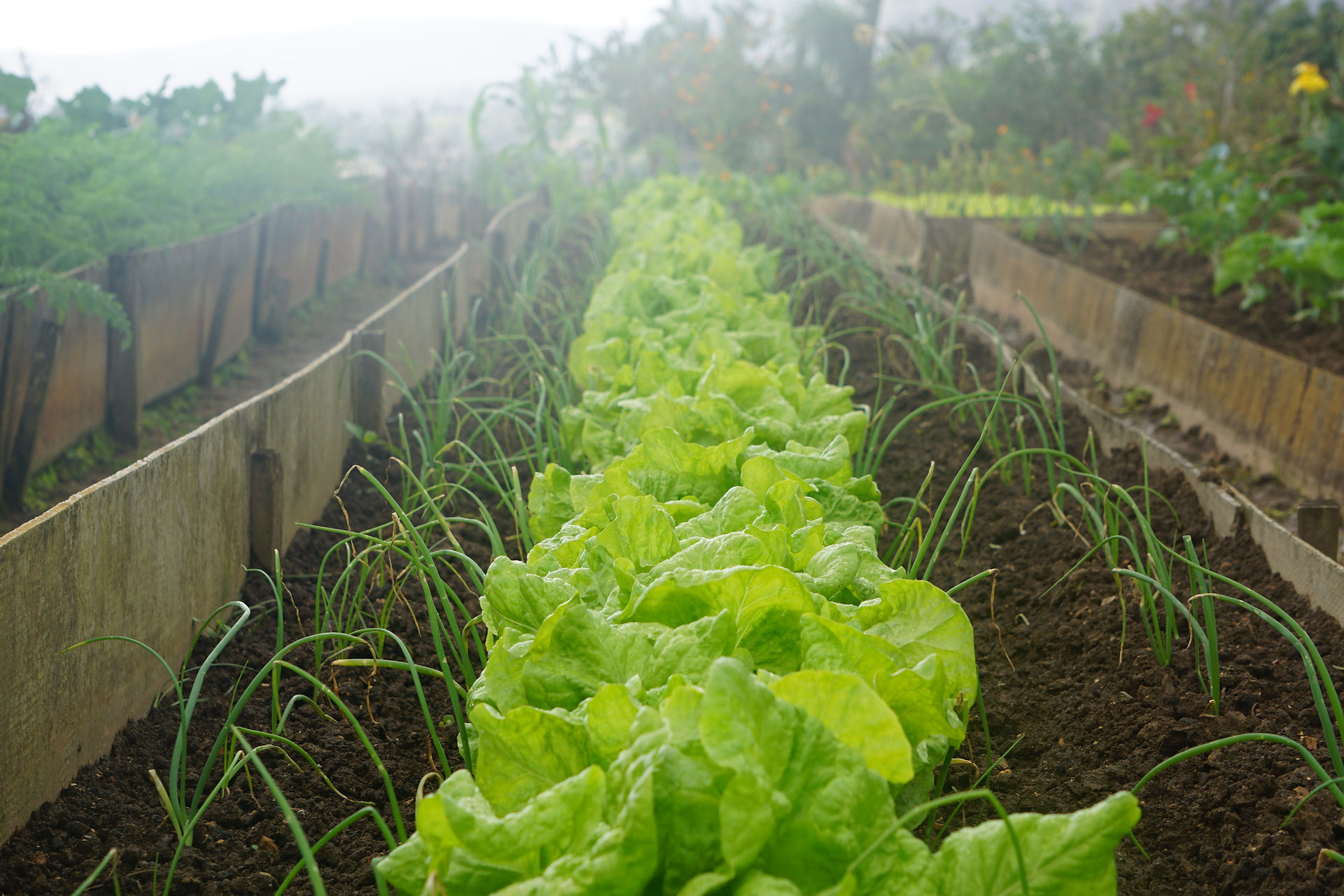

community nourishment

We are a cooperative community garden in downtown Tacoma and a 2020 recipient of a Tacoma Creates grant for educational outreach. Stewards work together to grow and share produce. 50% of what we grow is donated to support food security in our neighborhood.
Learn new skills and enjoy the garden! We have volunteer hours on Wednesdays and Saturdays. You can commit for the season as a garden steward or drop-in for a day. We welcome all helping hands! All volunteers share in part of the harvest after we donate our bounty to local food banks. Send us a message if you would like more information!
March - October
Wednesday 9 am - 11 am
Saturday 9 am - 12 pm
CLICK HERE TO FILL OUT A VOLUNTEER FORM
1401 South G St
Tacoma, Washington 98405
Email us at: galluccilearninggarden@gmail.com

MISSION STATEMENT:
The Gallucci Learning Garden is part of a larger network of gardens in the Hilltop owned and managed by the Tacoma Urban Land Trust which includes the Viet Huong Community Garden. The Tacoma Urban Land Trust’s mission is to acquire and preserve green spaces in our Hilltop community, help connect neighbors to one another, nourish and sustain our ethnic diversity, and provide education to our younger and older community members as well as provide space to grow nutritious foods.

Founders, past workers, and current stewards of Gallucci.
What We're Doing
Seasonal goals and plantings.
Every summer we schedule a range of events and classes.
Our commitment to education extends outside the garden.
WELCOME TO THE SOIL SCIENCE INFORMATION PAGE


Soil is not just dirt.
Great vegetable gardens come from great soil. So, what makes the soil great?
1. Minerals from sand, silt and clay, 45%*
2. Water, 25%
3. Air, 25%
4. Organic material, 5%
The biggest particles in soil are called sand. The clay particles in the soil are very small and have an electrical charge. The size of silt is between sand and clay. Sand allows water to drain, silt is fine enough to create small spaces for air, and clay holds water and nutrients. If there is too much sand, water drains out too quickly and plant nutrients are washed away. If there is too much clay in a soil, the water cannot drain out and plant roots suffocate from lack of air. Loam soil is a good mixture of the three.
The percent of sand, silt and clay give the soil its texture. (See the Soil Triangle.) To discover the texture of your soil, click on the button below to follow the flow chart.
SOIL CHEMISTRY: What is pH and why is it important?
The way plants take up nutrients is through chemical reactions that take place in the water around the plant roots. pH is a measure of the acidity or alkalinity of this water in the soil. The best garden soil is slightly acidic. The range of pH goes from 0 to 14 where 7 is right in the middle or "neutral." Values less than 7 are acidic, values greater than 7 are alkaline. The best soil for vegetable gardening is slightly acidic with a pH measure of 6.5. At this level, plants can take up the most nutrients. Click on the button to learn more.
SOIL BIOLOGY: Who lives in the soil?
Great soil also needs the animals that live there!
-
Worms and bugs start the decomposing process.
-
Microbes are the recyclers of organic matter that work on a very small scale to create the nutrients plants need to grow and reproduce.
-
Fungi work with plants to help them get these nutrients from the soil.


